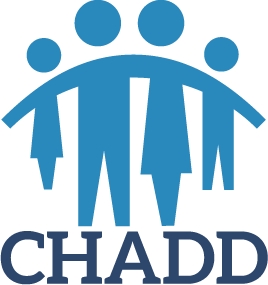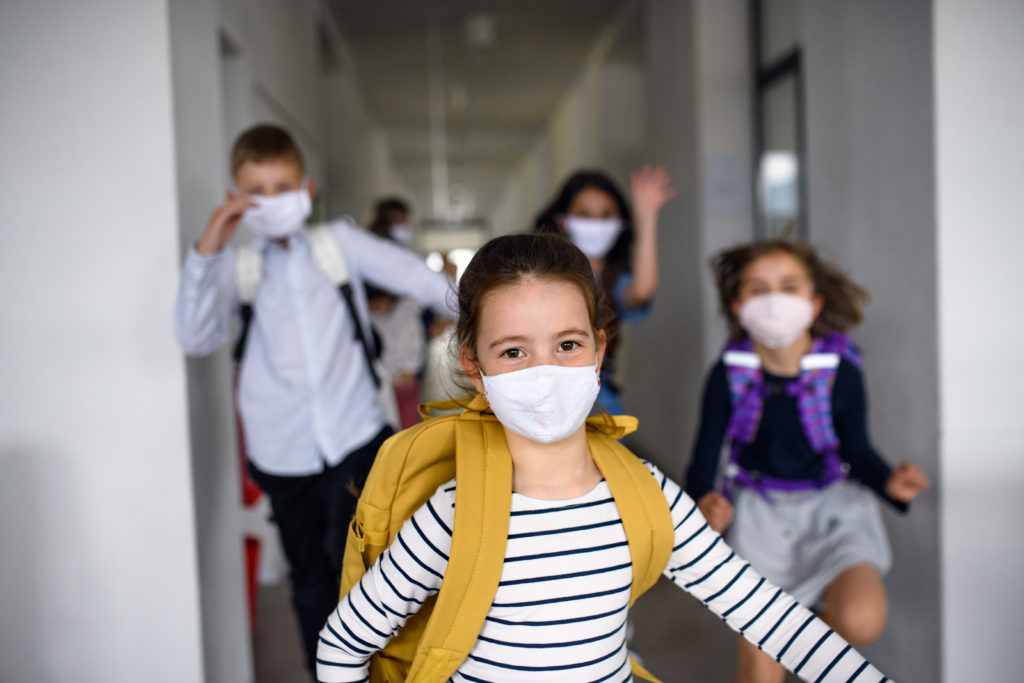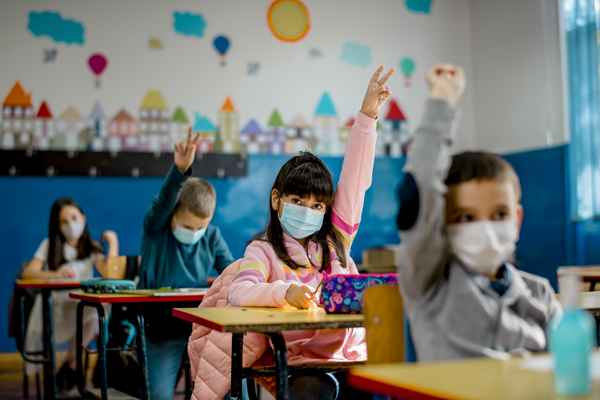IEP & 504: Diferencias (infografia)
Esta infografía proporciona información sobre las diferencias entre un plan educativo individual (IEP) y un plan de la Sección 504.
Read MoreIEP & 504: Differences (infographic)
This infographic provides information on the differences between an individual education plan (IEP) and a Section 504 plan. Esta infografía en Español >
Read MoreIEP & 504: Similitudes (infografia)
Esta infografía proporciona información sobre las similitudes entre un plan educativo individual (IEP) y un plan de la Sección 504, incluidos consejos para seleccionar entre los dos.
Read MoreIEP & 504: Similarities (infographic)
This infographic provides information on the similarities between an individual education plan (IEP) and a Section 504 plan, including tips for selecting between the two. Esta infografía en Español >
Read MoreHomework Habits (infographic)
Esta infografía en Español This infographic offers guidance for parents on how children can learn effective habits when they do homework– including the best time to start, what makes a good study space, and what exactly are the needs for that specific child.
Read MoreSpecific Praise (infographic)
Esta infografía en Español Praise is an effective tool for motivating children, teens, and adults–especially individuals with ADHD and learning disabilities. It is not used enough at home or in our education system, however, research shows that praise is not often used in special education classrooms. It is vital for parents and teachers to give praise…
Read MoreHábitos De Tarea (infographic)
Esta infografía ofrece orientación para los padres sobre cómo los niños pueden aprender hábitos efectivos cuando hacen la tarea, incluido el mejor momento para comenzar, qué hace un buen espacio de estudio y cuáles son las necesidades de ese niño específico.
Read MoreElogio Específico (infographic)
Los elogios son una herramienta eficaz para motivar a los niños, adolescentes y adultos, especialmente a las personas con TDAH y discapacidades de aprendizaje. No se usa lo suficiente en el hogar o en nuestro sistema educativo, además, la investigación muestra que los elogios no se usan a menudo en las aulas de educación especial.…
Read MoreMasks & Vaccines: Tools to Continue In-School Education
The US Centers for Disease Control and Prevention recommends that everyone age 5 and older get a COVID-19 vaccine to help protect against COVID-19. Vaccination is the leading public health prevention strategy to end the COVID-19 pandemic. In addition, the CDC currently recommends universal indoor masking by all students (age 2 and older), staff, teachers,…
Read MoreBack to School: Transition to Campuses During COVID-19
The return to school campuses can be both exciting and worrying for students and their families during the COVID-19 pandemic. For students who have ADHD, it presents the opportunity for in-school educational supports, along with the chance to be with friends and classmates again. Times of transition can be stressful. Returning to in-person education changes…
Read MoreQuick Facts: School and Home Communication Plan
Collaboration between home and school is especially important for students with ADHD. Begin the school year by talking with your child’s teachers and other school staff to address any concerns. Starting the conversation early is better than waiting until there is a crisis. Share information from the previous school year during these conversations, along with…
Read MoreADHD in Preschool: What Parents Should Look For (infographic)
What are the early signs that your preschooler should be screened for ADHD? Here are some behaviors parents ought to watch out for.
Read More


